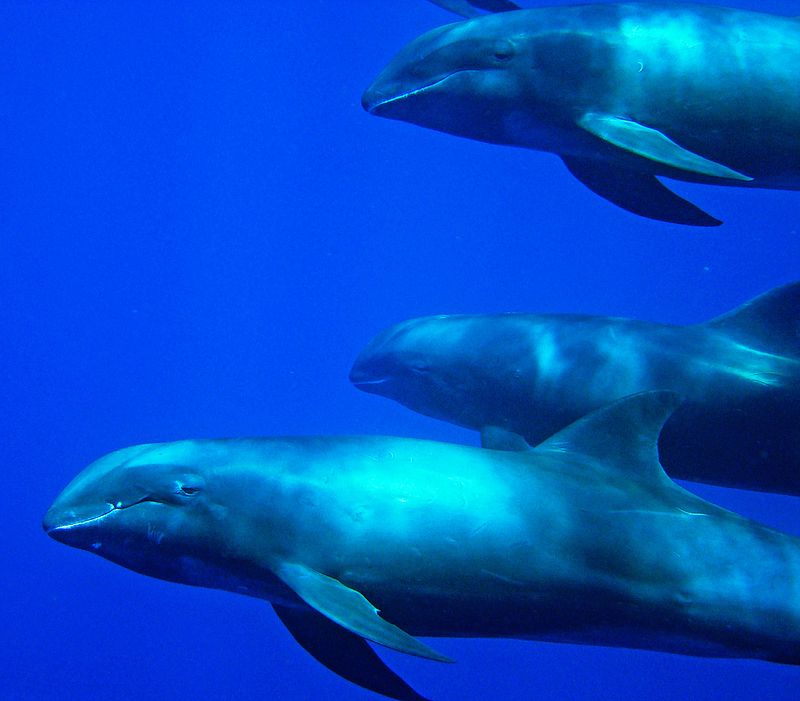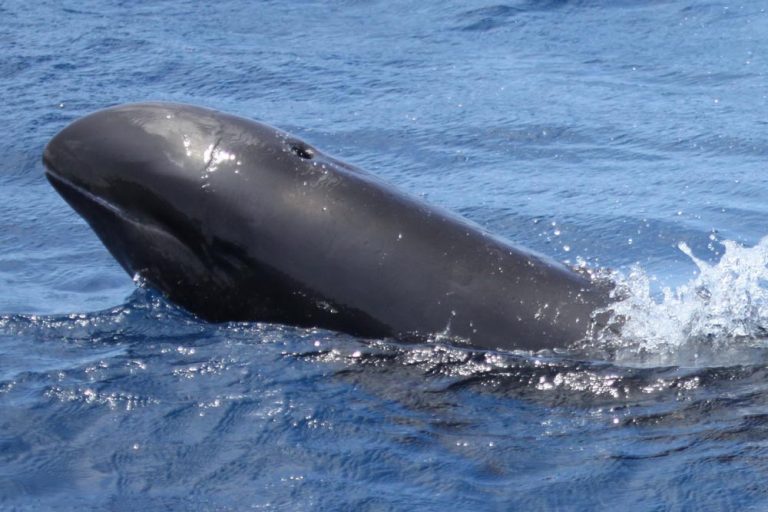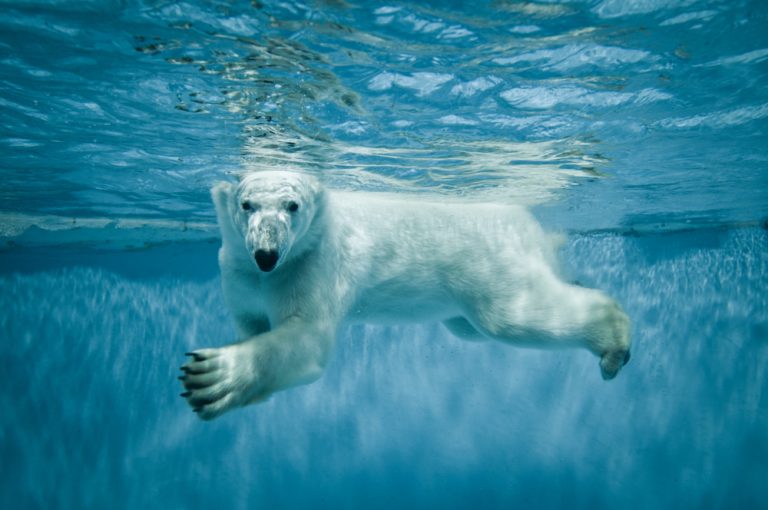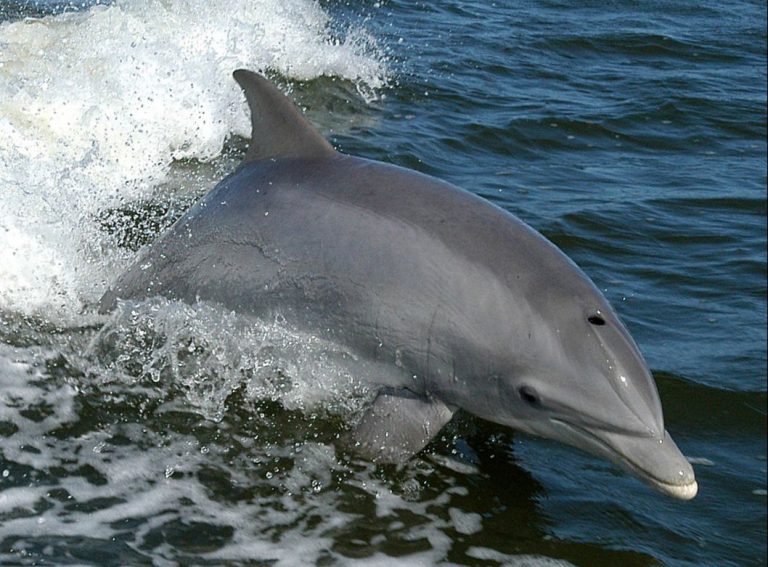Species Profile: The Melon-Headed Whale
The Melon-Headed Whale is actually a dolphin and it’s commonly seen in the company of other species in the wild.

The Melon-Headed Whale is actually a dolphin belonging to the oceanic dolphin family; the Delphinidae. Along with other close species like the false killer whale, the pygmy killer whale, and the pilot whale, it’s also referred to as “blackfish.”
These creatures prefer to swim in very deep waters so they are rarely seen by humans.
The melon-headed whale has a somewhat small and slim, torpedo-shaped body. With a rounded cone-like head hence the name “melon-headed.” Their bodies are uniformly light gray with a darker gray face giving them the appearance of wearing a mask and they have no beak.
They also have long pointed flippers and a distinctly pointy dorsal fin; pretty much like the killer whale (orca). Although, out in the wild viewers may mistake it for the pygmy killer whale, it has a less rounded head than the latter so that helps to tell them apart.
It may also often be confused with the false killer whale, but false killer whales are much larger.
Melon-headed whales are very social animals and it’s not uncommon to see them gather in large numbers ranging from 100 to even 1,000. Sometimes, they strand together. They also associate readily with other species like the Humpback whale, the Pilot whale, common bottlenose dolphin, but most especially the Fraser’s Dolphin.
They are not shy of boats and will quickly approach them out at sea.
The IUCN lists the Melon-Headed Whale as a Least Concern species.
1) Scientific Name
Peponocephala Electra
2) Scientific Classification:
- Kingdom: Animalia
- Phylum: Chordata
- Class: Mammalia
- Order: Artiodactyla
- Family:Delphinidae
- Genus: Peponocephala
- Species: Peponocephala Electra
3) Life Expectancy
They live for at least 20 years and females may live well into their 30s.
4) Average/Maximum Length
Adults can grow up to a maximum of 3 meters (9.8 feet) long.
5) Average/Maximum Weight
275 kg.
6) Maximum Swimming Speed
This dolphin is capable of surprisingly very fast swimming speed. Especially when it’s startled.
7) Interaction With/Danger To Humans
The melon-headed dolphin is not harmful to humans and will approach boats out at sea to bow-ride after them.
They are also quite demonstrative around humans if they don’t sense danger.
However, they face some threats from human activities especially from hunting and entanglement in fishing nets.
Melon-Headed whales like to spy-hop around humans and will become very demonstrative if undisturbed.
8) Reproduction Details
Newborn calves measure 1 meter (3.3 feet) at birth and weigh between 10 and 15 kg (22 and 33 lbs).
9) Diet and Hunting Pattern Of The Melon-Headed Whale
They have a particular fondness for squid but they’ll also eat small fish and shrimp.
10) Alternative Names
- Little Killer Whale
- Many-Toothed Blackfish
- Electra Dolphin
11) Population And Conservation Status
Available data puts their population out in the wild at about 50,000 individuals.
Apart from hunting and entanglement in fishing gear, as mentioned earlier, another human activity that affects these marine mammals is underwater sonar.
For instance, back in February, 2009, over 300 melon-headed whales somehow swam into the shallow waters off Bataan, in the Philippines. Consequently, they became stranded though local residents and volunteers were able to guide the dolphins back to deeper waters.
In the course of the investigations, they found three of the dead dolphins with damaged ear drums.
Based on that discovery, scientists from the IWC claimed the damaged eardrums were the result of nearby high-power sonar equipment used by Exxon Mobil while searching for oil.
There are a now a number of agreements in place to protect the melon-headed whale like;
- The MoU Concerning the Conservation of the Manatee and Small Cetaceans of Western Africa and Macaronesia (Western African Aquatic Mammals MoU).
- The MoU for the Conservation of Cetaceans and Their Habitats in the Pacific Islands Region (Pacific Cetaceans MoU).
The IUCN lists the Melon-Headed Whale as a Least Concern species.
12) Ancestry and History
This species was studied and described in detail in the 1970s. Its closest relatives are the pygmy killer whale and pilot whale.The false killer whale is also one of its relatives.
13) Distribution and Habitat
Melon-headed whales prefer to live far from shore in tropical and subtropical oceans worldwide.
They are most commonly encountered around the Philippines and Hawaii





